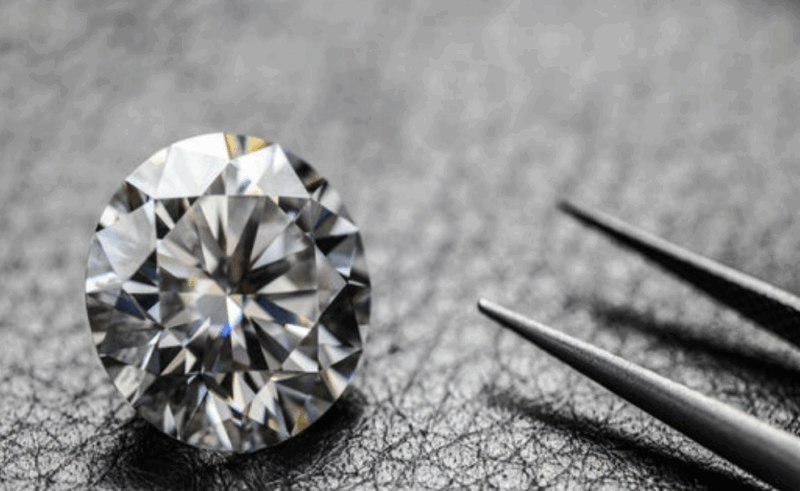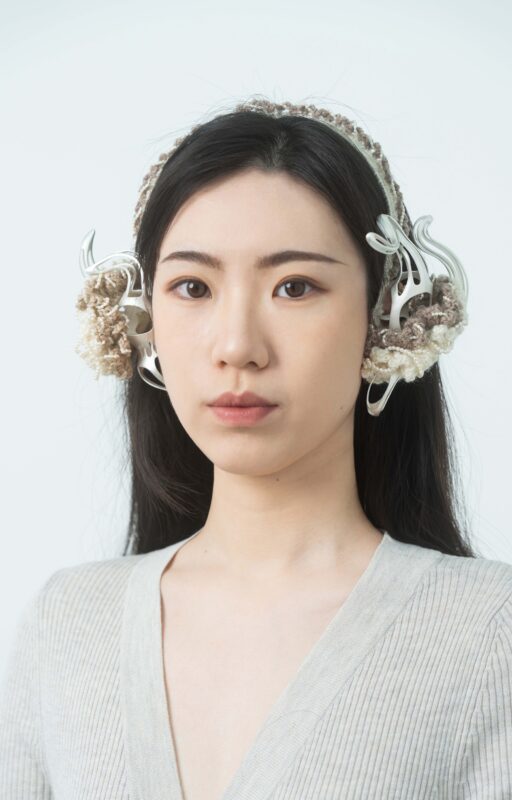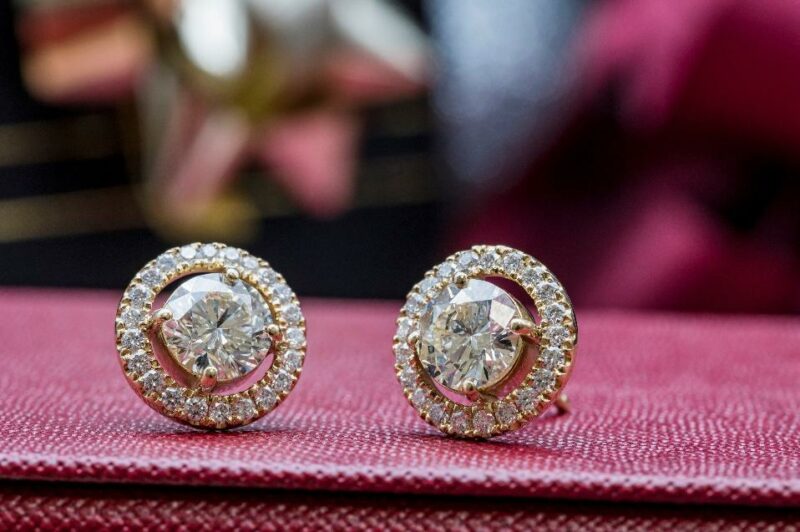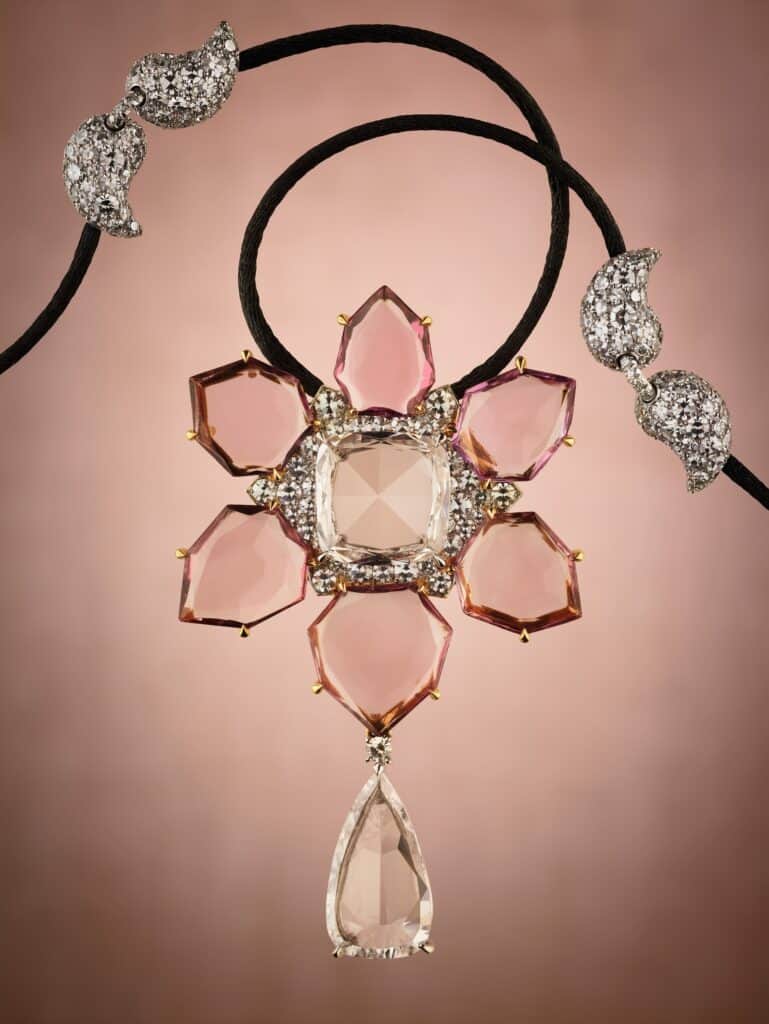
Phillips has announced Santi, a landmark exhibition of Krishna Choudhary’s work, taking place in London. Co-curated with jewellery historian Vivienne Becker, the exhibition will feature Santi’s contemporary creations in dialogue with the historical Mughal jewels and objects that inspired them. This show follows the success of the first Santi jewels collection which was completed in 2019. Santi will open to the public from 19-23 September at Phillips’ Berkeley Square galleries.
Through this exhibition I hope to honour my heritage and share with visitors some of the magic that fuels my contemporary works. From historic gemstones of extraordinary beauty or Mughal motifs seen in art, architecture and Indian jewels – all of these serve as inspiration for my contemporary jewels, within whom I try to marry the rarest gems and the most beautiful, exquisite craftsmanship available today.
Krishna Choudhary
This selling exhibition of around 40 jewels is the culmination of two years’ planning and spans 4 years of work. It comprises new jewels created specifically for the show and other exquisite pieces, exhibited in dialogue with the historical Mughal jewels and objects from the Choudhary Haveli that inspired them. Santi will mark the first time these extraordinary pieces have been displayed in public.
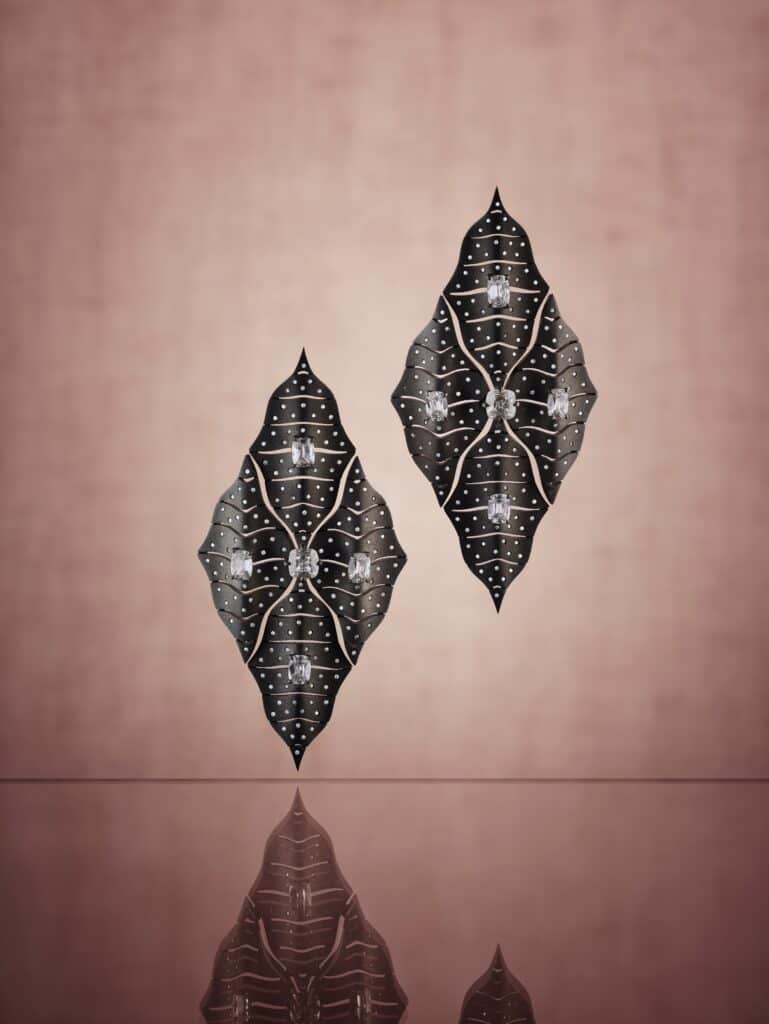
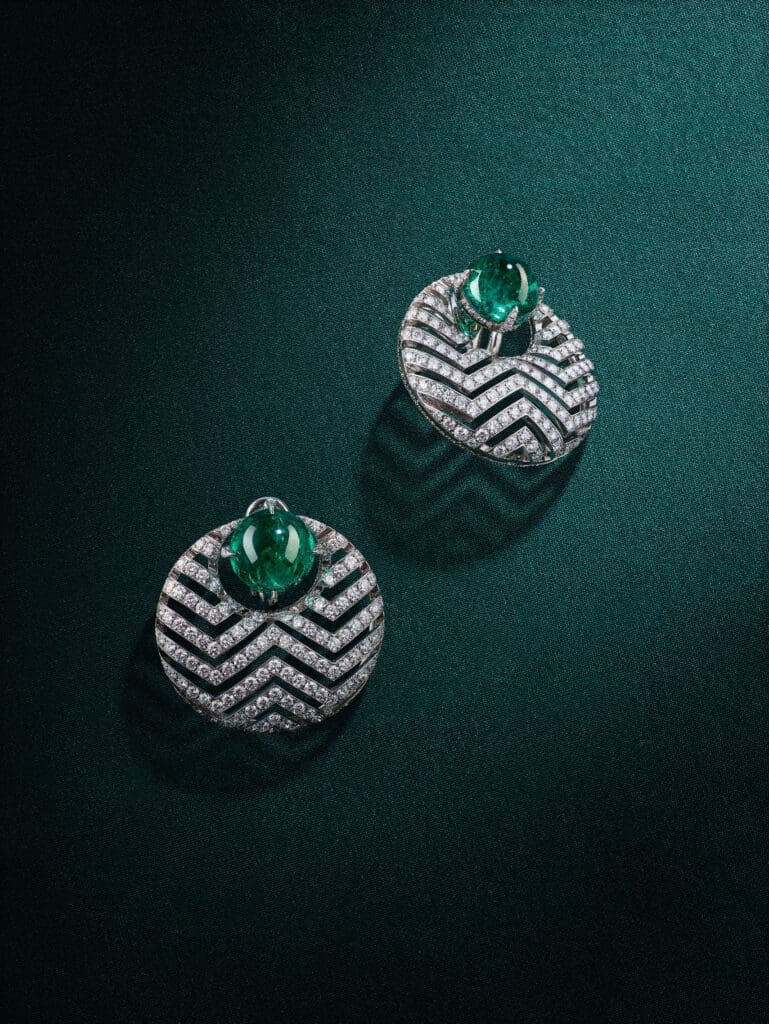
Krishna Choudhary, founder and creator of Santi, infuses his exquisite, sophisticated and resolutely contemporary jewels with the essence, spirit and serene nobility of Mughal art. He honours his family legacy and tells his beloved story of Indian jewelled arts through the filter of his individual vision of modernity. He has become a leading exponent of a new wave of excitingly innovative Indian jewellery.
Vivienne Becker, Jewellery Historian.
Krishna Choudhary, Santi, 19th to 23rd September 2022, 30 Berkeley Square, London, W1J 6EX
About the artist
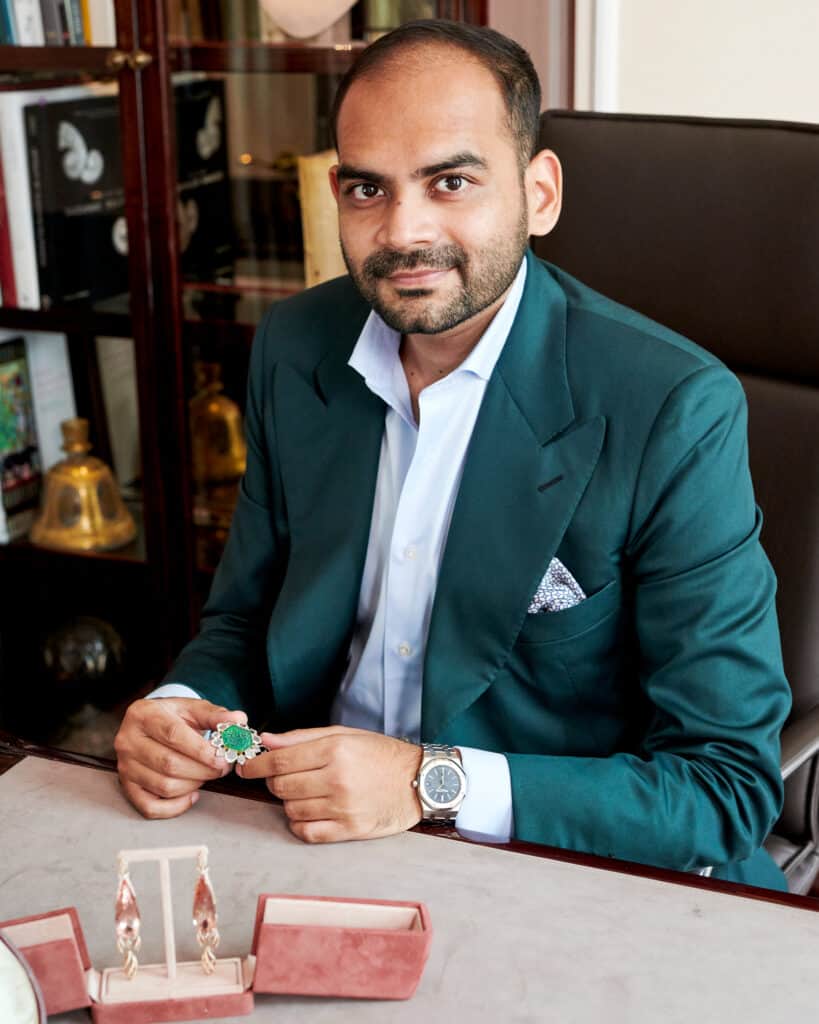
Krishna Choudhary is part of a new generation of private jewellers, having discretely launched his first jewellery creations in 2019 from his private salon in London’s Mayfair. Producing around 12 to 15 designs a year, Santi’s pieces have not been shown publicly until now. The designer named his collection and his brand Santi, after his father, Santi Choudhary, founder of Royal Gems and Arts, Jaipur. Santi Choudhary was renowned for his collections of important Mughal jewels and objects.
The Choudharys trace their lineage, as bankers and jewellers, to 1727, to the founding of the new city of Jaipur, and Krishna Choudhary represents the 10th generation of the dynasty. The story stretches back to Maharaja Sawai Jai Singh II, the ruler of Amer in Western India, who settled in the city of Jaipur in the 18th century. Maharaja Sawai Jai Singh II founded the new capital of Jaipur and invited the best artisans and craftsmen from all over India. As the city grew, several noble families who had been associated with the royal family for several centuries moved to Jaipur. Among those granted lands and titles in 1727 by the rulers of Amer were the ancestors of Santi and Krishna Choudhary. The family became a prominent member of Jaipur’s elite and were granted the license to mint coins in the state’s name as well as having charge of the state’s jewel collection. As such, the family built up a spectacular and rare collection of art treasures over almost three centuries of continuous residence in Jaipur. The Choudhary Haveli built opposite the palace at that time remains in the family today.
This heritage has been the starting point for Krishna’s re-invigoration and re-imagining of Indian jewelled arts. Each of his contemporary creations is based on a different rare antique gem: Golconda diamonds, from the legendary early diamond mines of India, Colombian emeralds, Kashmir sapphires, and natural pearls. These gems are set into modern, graphic designs made of titanium, a juxtaposition of antiquity and modernity. The designs feature traditional Indian decorative and architectural design, patterns, and motifs, such as the chevron symbolising the flowing waters of the streams of paradise, the mango or paisley emblem, the poppy that was integral to Mughal flower cult.
